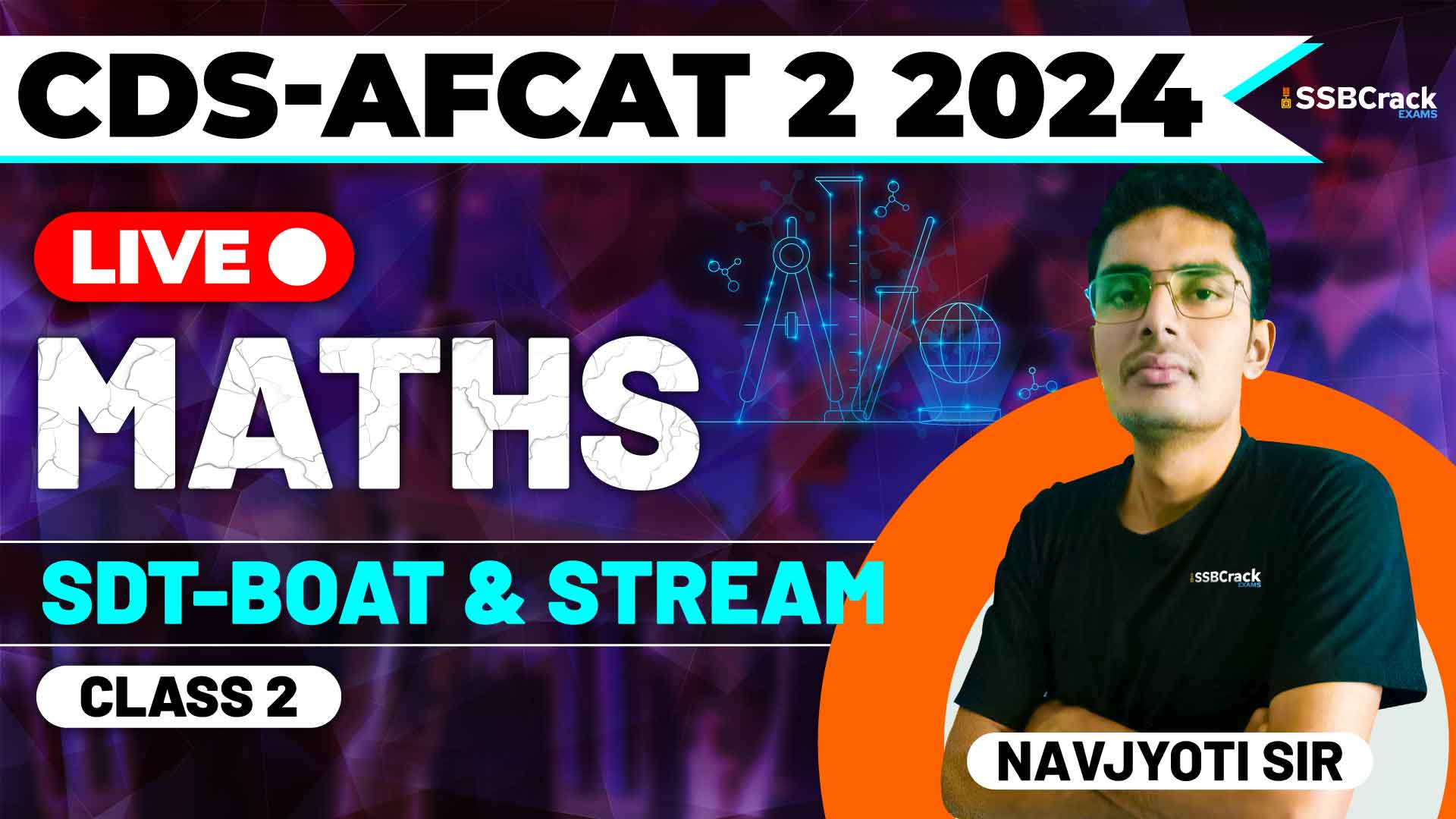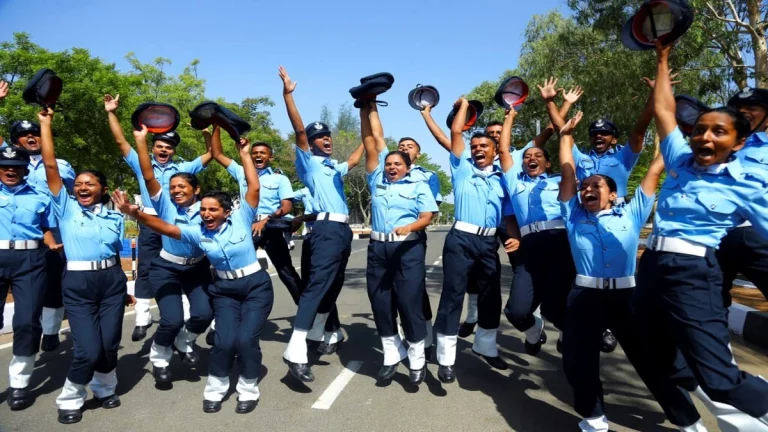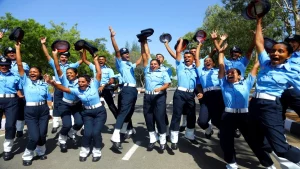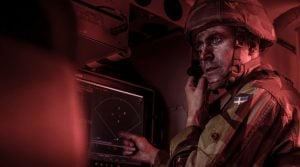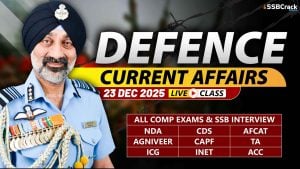Preparing for competitive exams such as the Combined Defence Services (CDS) and Air Force Common Admission Test (AFCAT) involves mastering various mathematical concepts. One of the crucial areas tested in these exams is Speed, Distance, and Time. This blog will provide a comprehensive guide on this topic, covering key sub-topics such as time to pass stationary and moving objects, boat and stream problems, and races. Additionally, we’ll highlight the importance of practicing multiple-choice questions (MCQs) based on these concepts.
Time to Pass Stationary and Moving Objects
When calculating the time it takes for one object to pass another, different approaches are used based on whether the object is stationary or moving:
- Passing a Stationary Object: When an object passes a stationary object, such as a train passing a pole, the time taken is based on the length of the moving object and its speed.
- Passing a Moving Object: When an object passes another moving object, the relative speed between the two objects must be considered. The calculation differs depending on whether the objects move in the same direction or in opposite directions.
Boat and Stream Problems
Problems involving boats and streams are common in competitive exams. These problems typically involve calculating the effective speed of a boat moving upstream or downstream:
- Upstream: When a boat moves against the current, the effective speed is reduced.
- Downstream: When a boat moves with the current, the effective speed increases.
Races
Race problems involve comparing the speeds and times of different competitors over a certain distance. Key concepts include:
- Lead or Lag: Understanding how much one competitor leads or lags behind another.
- Catch-up Time: Calculating the time required for a slower competitor to catch up with a faster one.
Practical Application through MCQs
To excel in the CDS and AFCAT exams, practicing multiple-choice questions (MCQs) on these topics is crucial. Let’s explore how these concepts are applied through examples:
Example 1: Time to Pass a Stationary Object
Question: A train 200 meters long passes a pole in 20 seconds. What is the speed of the train?
Explanation:
- Calculate the speed using the formula: Speed = Distance / Time.
- Substitute the values: Speed = 200 meters / 20 seconds = 10 m/s.
So, the speed of the train is 10 m/s.
Example 2: Time to Pass a Moving Object
Question: Two trains, each 150 meters long, are moving in the same direction at speeds of 40 km/h and 60 km/h. How long will it take for the faster train to pass the slower one?
Explanation:
- Calculate the relative speed: 60 km/h – 40 km/h = 20 km/h.
- Convert the relative speed to meters per second: 20 * (5/18) = 5.56 m/s.
- Calculate the total distance to be covered: 150 meters + 150 meters = 300 meters.
- Calculate the time: Time = Distance / Relative Speed = 300 meters / 5.56 m/s ≈ 54 seconds.
So, it will take approximately 54 seconds for the faster train to pass the slower one.
Example 3: Boat and Stream
Question: A boat’s speed in still water is 15 km/h, and the speed of the stream is 5 km/h. What is the boat’s effective speed downstream?
Explanation:
- Calculate the effective speed downstream: Boat speed + Stream speed = 15 km/h + 5 km/h = 20 km/h.
So, the boat’s effective speed downstream is 20 km/h.
Example 4: Race
Question: Runner A can complete a race in 30 minutes, while Runner B takes 45 minutes. If Runner A gives Runner B a head start of 5 minutes, who will win the race and by how much time?
Explanation:
- Calculate the speed of each runner based on the distance and time.
- Determine the effective time difference given the head start.
By carefully analyzing these factors, you can determine the outcome of the race.
Strategies for Solving Speed, Distance, and Time Problems
- Understand the Problem: Carefully read the question to identify whether it involves calculating speed, distance, or time.
- Identify the Units: Ensure all measurements are in consistent units. Convert units if necessary.
- Apply the Formulas: Use the relevant formulas to find the required solution.
- Check the Options: In MCQs, checking the provided options can help narrow down the correct answer quickly.
- Practice Regularly: Regular practice of different types of problems will help in understanding patterns and frequently asked questions.
Conclusion
Mastering Speed, Distance, and Time concepts, including the time to pass stationary and moving objects, boat and stream problems, and races, is crucial for success in the CDS and AFCAT exams. By understanding the fundamentals, practicing regularly, and using strategic approaches to problem-solving, you can enhance your proficiency in this area. Each practice session brings you closer to achieving your goal. Stay focused, practice diligently, and approach each problem with a clear, analytical mind. Good luck!
